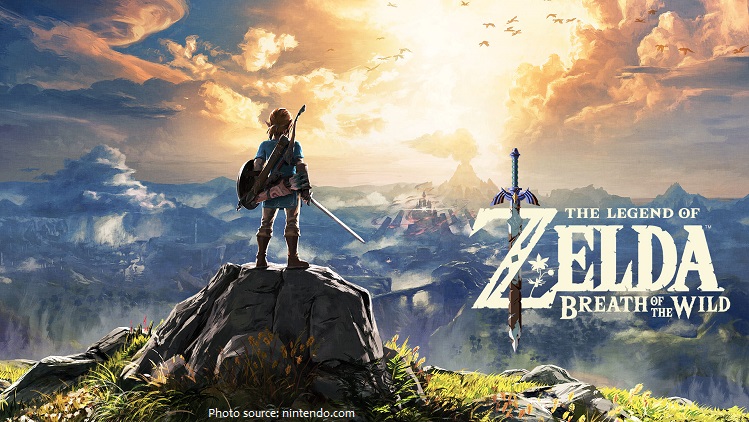
The Legend of Zelda is a high fantasy action-adventure video game franchise.
When Nintendo released The Legend of Zelda for the Japanese market in 1986, it marked a new era in the culture, technology, and business of video games.
It was created by Japanese game designers Shigeru Miyamoto and Takashi Tezuka. Miyamoto was already a star, having produced Donkey Kong and the Mario Brothers series.
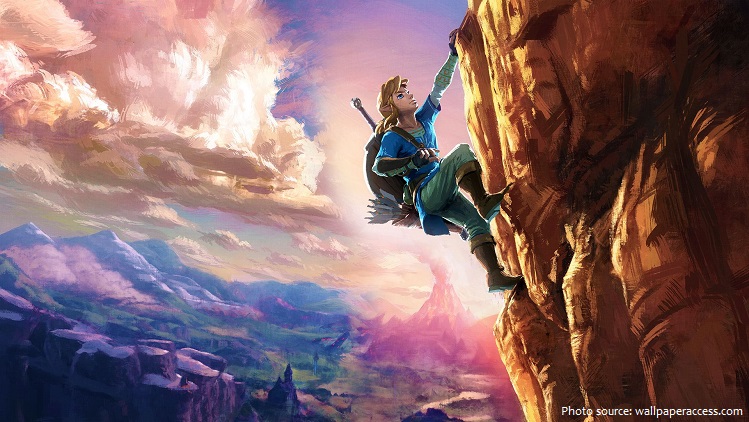
The Legend of Zelda was principally inspired by Shigeru Miyamoto’s “explorations” as a young boy in the hillsides, forests, and caves surrounding his childhood home in Sonobe, Japan where he ventured into forests with secluded lakes, caves, and rural villages. According to Miyamoto, one of his most memorable experiences was the discovery of a cave entrance in the middle of the woods. After some hesitation, he apprehensively entered the cave, and explored its depths with the aid of a lantern. Miyamoto has referred to the creation of the Zelda games as an attempt to bring to life a “miniature garden” for players to play with in each game of the series.
The story and setting was developed by Takashi Tezuka. Seeking to create a fairytale adventure game, Tezuka drew inspirations from fantasy books such as J. R. R. Tolkien’s The Lord of the Rings.
The Legend of Zelda is considered as the most prominent games of Nintendo, it has integrated world view, vivid characters and plot twists.
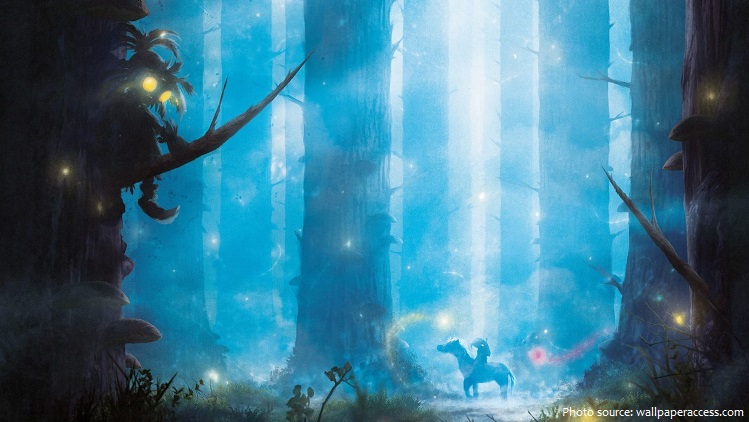
With the development of nearly 30 years, it has become a work that no game player can ignore. There are a lot of discussions going around about its play, design and story.
The Legend of Zelda takes place predominantly in a medieval Western Europe-inspired fantasy world called Hyrule, which has developed a deep history and wide geography over the series’s many releases.
The series centers on the various incarnations of Link, a courageous young Hylian man, with pointy elf-like ears – and Princess Zelda, a magical princess that is the mortal reincarnation of the goddess Hylia – as they fight to save the magical land of Hyrule from Ganon, an evil warlord turned demon king, who is the principal antagonist of the series. Ganon wishes to use the Triforce, a sacred relic left behind by the three goddesses that created Hyrule to remake the world in his own dark image. When gathered together, the power of the Triforce can grant any wish its user desires; however, if someone with a heart that does not possess a balance of the three virtues of Power, Courage and Wisdom attempts to touch the Triforce, it will split into three triangles and bond with three people whose hearts embody the required virtue.
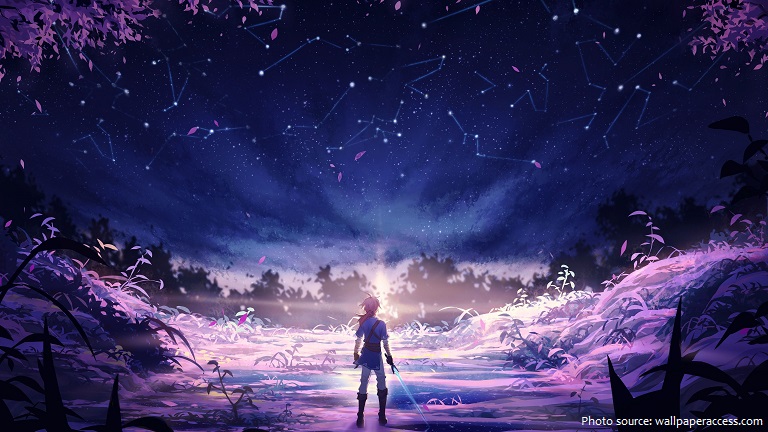
Although their personalities and backstory differ from game to game, the incarnations of Link and Zelda often have many traits in common – such as Link often being left-handed and associated with the color green while Princess Zelda is often a member of the royal family. While the conflict with Ganon serves as a backbone for the series, some games have featured other settings and antagonists, with Link traveling or being sent to these other lands in their time of need.
Success in The Legend of Zelda was measured by playing the game to completion over multiple sessions lasting perhaps dozens of hours, rather than scoring as many points as possible in a single session. Miyamoto thus raised expectations for greater narrative scope and more compelling game mechanics in a new generation of video games.
Since the original Legend of Zelda was released in 1986, the series has expanded to include 19 entries on all of Nintendo’s major game consoles, as well as a number of spin-offs.
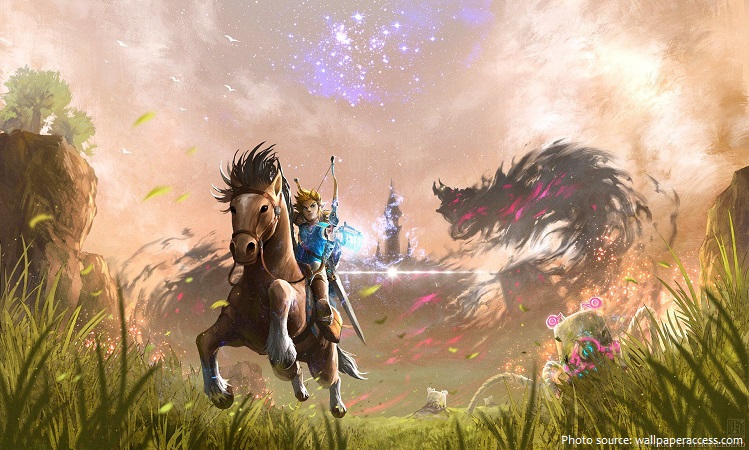
The Legend of Zelda: Skyward Sword (Nintendo, 2011) is the fastest selling title in the 28-year history of the series. Nintendo of America’s president Reggie Fils-Aime revealed that the game sold 535,000 copies during its first week at retail in North America – the territory where the series has always enjoyed its largest share of sales. As of June 2013, Skyward Sword had sold 3.67 million units worldwide.
The rarest Legend of Zelda videogame – In August 2013 videogame memorabilia collector Tom Curtin sold a rare copy of The Legend of Zelda on eBay for $55,000. The cartridge contained a fully playable pre-release prototype of the NES classic and is thought to be unique.
A 13-episode American animated TV series, adapted by DiC and distributed by Viacom Enterprises, aired in 1989.
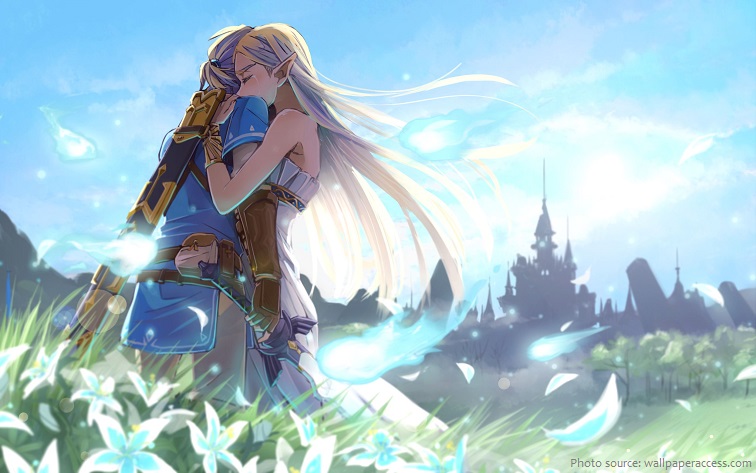
Valiant Comics released a short series of comics featuring characters and settings from the Zelda cartoon as part of their Nintendo Comics System line. Manga adaptations of many entries in the series, including A Link to the Past, Ocarina of Time, Majora’s Mask, Oracle of Seasons and Oracle of Ages, Four Swords Adventures, The Minish Cap, Phantom Hourglass, and Twilight Princess have been produced under license from Nintendo, primarily written and drawn by Japanese artist duo Akira Himekawa.
The Legend of Zelda-themed Monopoly board game was released in the United States on September 15, 2014. A Clue board game in the style of The Legend of Zelda series was released in June 2017. A UNO-styled The Legend of Zelda game was released in February 2018, exclusively at GameStop in North America.
The largest collection of The Legend of Zelda memorabilia is 1,816 items and belongs to Anne Martha Harnes (Norway) as verified in Molde, Norway, on 14 July 2016.